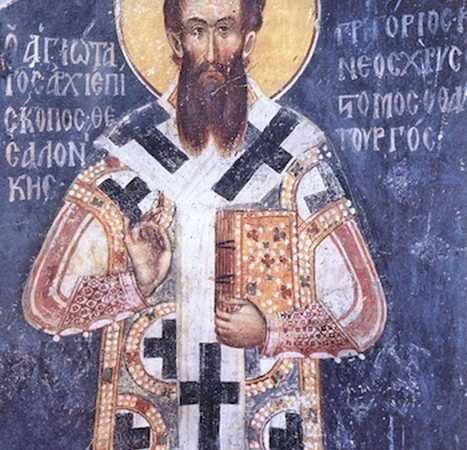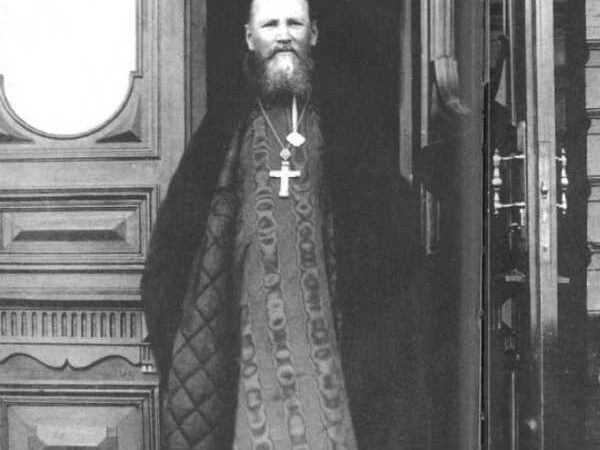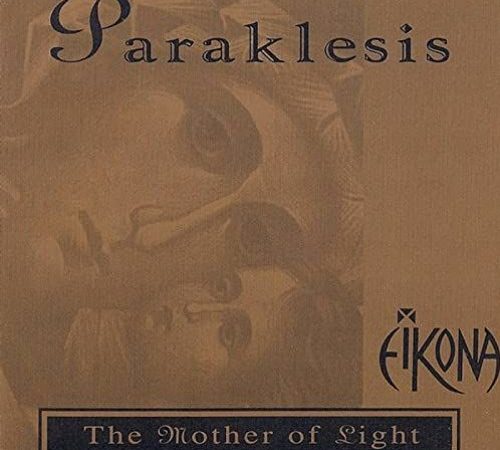How to Teach Children to Pray?

Teach your children to confess their sins to God and ask for forgiveness. Encourage your children to run to God and confess their sins when their hearts are repentant. Help them to understand the joy of forgiveness.
(Sarah Ann)

Have you ever prayed together with your child?
Has he come up next to you and tried to cross himself? Wonderful. This means that you do not have to lead him by the hand to the icons’ corner and teach him to pray for a long time. Nevertheless, some advice will not hurt…
First of all, you need to know and understand that a child is not an adult. The world perception of children is very different from the adult’s perception. An adult has already tried a lot in this life, gone through a lot. Figuratively speaking: he fell many times and got up many times. For a child, life is presented in bright colors. The world is enormous, wonderful, and unknown. Every day and every second a child is Christopher Columbus sailing to discover his America.
Special approach
On the other hand, children are very different intellectually, mentally and physically from adults. An adult is experienced, but he already has a mind “full and preoccupied with problems”. A child’s brain is much sharper, he, like a sponge, absorbs information and processes it faster. An adult is more resilient and patient, a child is more impulsive, quick, emotional, but gets tired sooner.
So, for example, primary school teachers know that the active phase of sensitivity to the knowledge of a 7–10-year-old schoolchild in a lesson lasts no more than fifteen minutes. It is pointless to “pour” knowledge into his bright head for a longer time. He will not perceive it. As a rule, teachers change their occupation – from intellectual to physical (for example, gymnastics). After 5-10 minutes of muscle exercise, a child is ready to learn again.
You also need to be aware that children and adolescents are different age groups. Things that are interesting for a five-year-old child will not captivate a third grader’s attention, and things that are interesting for a third grader will not be entertaining for an eleventh grader. Each age group needs its own special approach, taking into account mental, emotional, hormonal and physiological characteristics of development.
Anton Chekhov and his father
As always in the upbringing of a child, including in teaching prayer, Orthodoxy offers parents and teachers the “golden mean” method. You cannot overly indulge your child, his weaknesses and emerging passions, but you should not bring up your child in excessive severity and rigidity either. It can break him and he can become resentful or move away from the teaching imposed on him.
This, for example, happened with Anton Chekhov (Russian writer, 1860-1904 – Ed.).
His father forced Anton to sing in the church choir, he even spanked him. As a result, Anton Chekhov developed a rather difficult relationship with religion. Violence, both physical and mental, has never brought good fruit. Therefore, it is essential to remember, perhaps, the main truth of pedagogy. A child most often perceives not what we tell him, but how we behave in life. And he copies our behavior. That is, we see here a direct confirmation of the principle “Faith without works is dead” (James 2:26). Our child measures our faith by our own deeds. And he checks how they match our words.
In the matter of prayer, it is best to start with an explanation. It is essential not to impose on our child a tough imperative in prayer like “you must do it and that’s it” or “read from this word here to this one and don’t leave the room, until you finish reading”. No. God doesn’t like violence. We should explain why one should pray, based on the experience of the Church, the Holy Fathers, and our personal life.
Who is the Lord? Why is He invisible? Why does He hear our prayers? It is important to answer the child’s questions, to adjust to his perception of the world, including prayer. I teach at a Sunday school. Believe me, children have a lot of questions about faith, which are often very unexpected and very interesting.
For example, it may be enough for preschool children to teach them how to cross themselves correctly. To explain what the sign of the cross is. To teach them to venerate icons. Sometimes it is just enough to bring them to a service at church, show an icon and say: “It’s God!” And this will be the beginning of their personal path in the Orthodox faith. To teach the baby to wear a cross necklace.
My priestly experience shows that it is necessary to bring children to church more often so that they are not afraid of the unusualness of the church or the unusual appearance (for the modern world) of a priest.
The prayer rule for children should also be taught in an abbreviated form so as not to exhaust the child, but, on the contrary, to awaken in him an interest in prayer and attention to its words. It is good to pray with him so that later you can answer his questions.
So, for example, a morning or evening prayer rule for a child can consist of the top, that is, beginning from: “In the name of the Father and the Son and the Holy Spirit. Amen” and up to “Our Father”. Then you can add a prayer to the Holy Guardian Angel and the Most Holy Theotokos, and the heavenly patron of the child. And that’s enough. In this case, quality matters. Let the baby read fewer prayers, but with heartfelt attention, instead of reading more, but with anguish and irritation. With age, you can increase the prayer rule. But this also should not be done abruptly and in large quantities, but gradually and little by little.
Memorize certain prayers with your child, as verses. For example, “Our Father” is the main prayer of Christianity. The meaning of the verses of this great prayer should also be explained to the child. You can learn with him some short prayer to the Guardian Angel, the Most Holy Theotokos, his heavenly patron. Or, for example, “O Heavenly King,” a prayer before and after training. But without overloading the child. Today there are special prayer books for children.
With a teenage son or a daughter, you can teach the “Symbol of Faith” in parts, memorize it. You can, of course, dear brothers and sisters, apply both strictness and firmness in raising children so that the child feels your authority. But this should be done with love, without anger and irritation. In general, it is best not to start any deed in anger. Nothing good will come of it anyway.
You should keep silent, step aside, pray, calm down, maybe even ask for forgiveness, and only then start a deed. Often a priest hears something like the following: “When my child was small, he went to church, but when he grew up, he stopped.”
You need to understand that adolescence is a very difficult time. This is the period of the formation of one’s personality, character, reassessment of authority, the time of puberty. And often a person has to deal with all of this by himself in order to build his future life himself. And here parents and grandparents can help him with the most important thing – pray for him and give good advice, but not by pressure and authoritarianism. Let the teenager figure out his problems himself.
Meanwhile, let him also feel that you are a parent – his good friend, to whom he can always turn for
help and advice in difficult times.
(priest A. Chizhenko)






